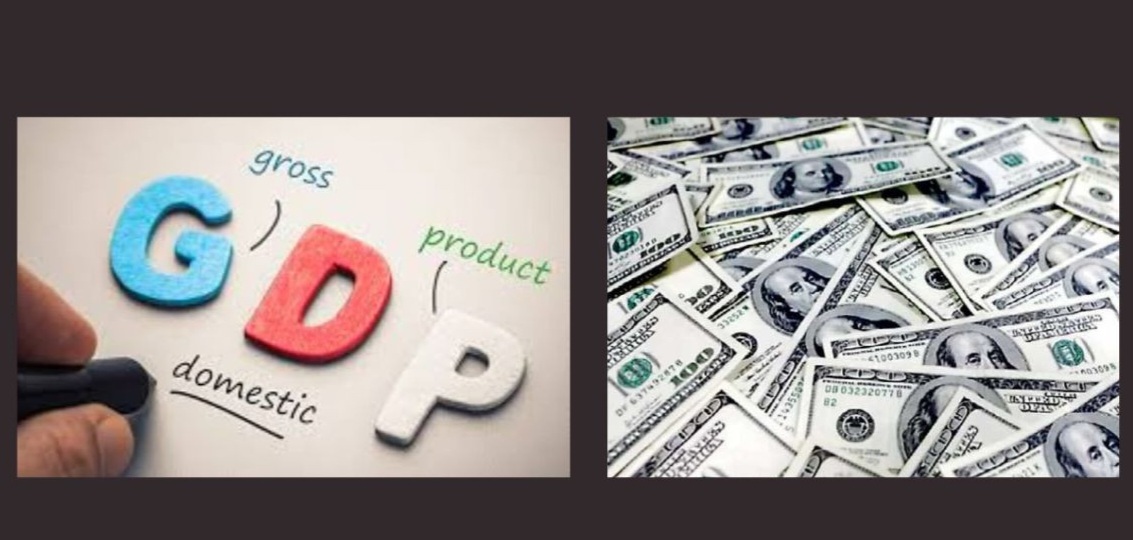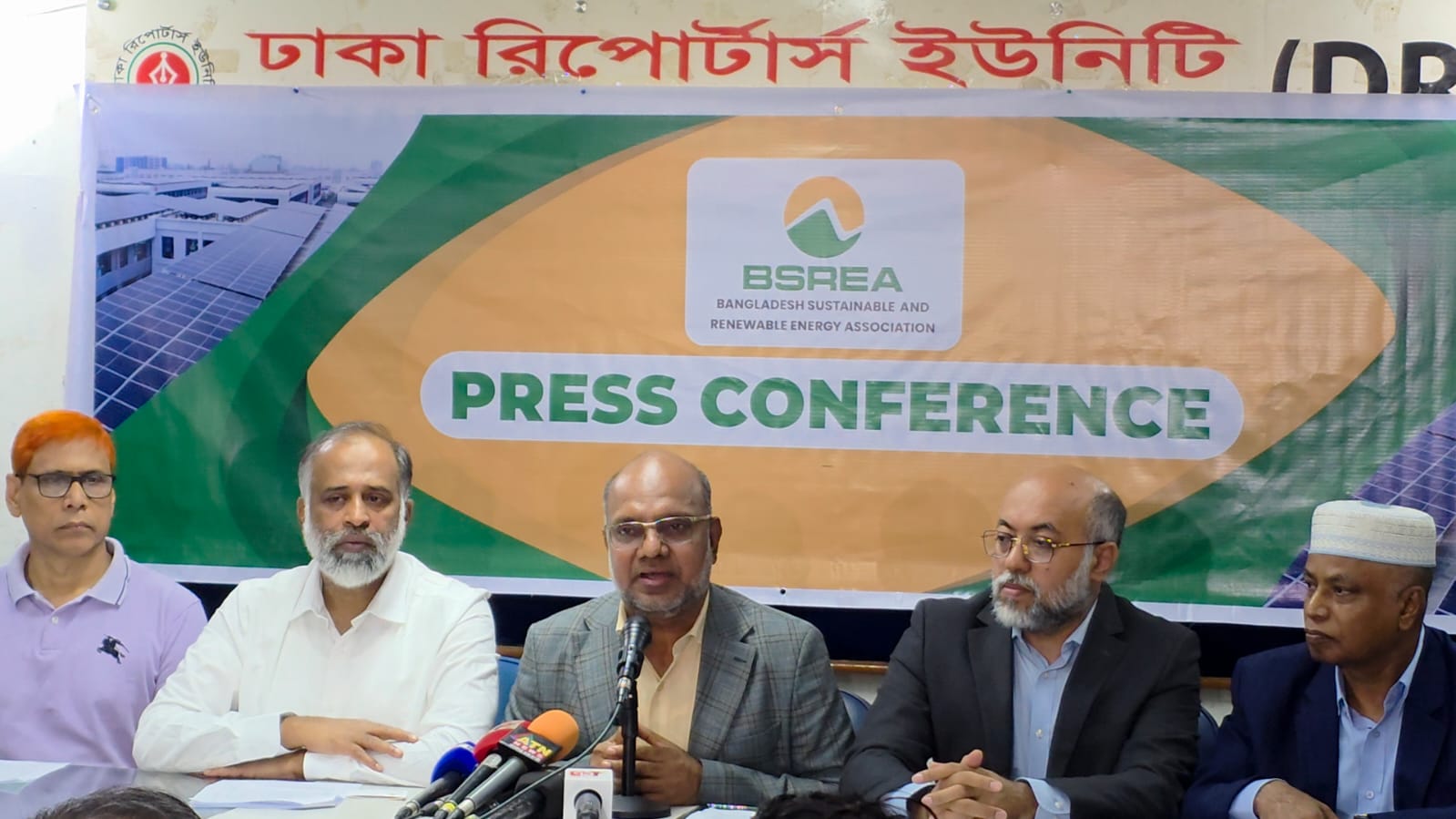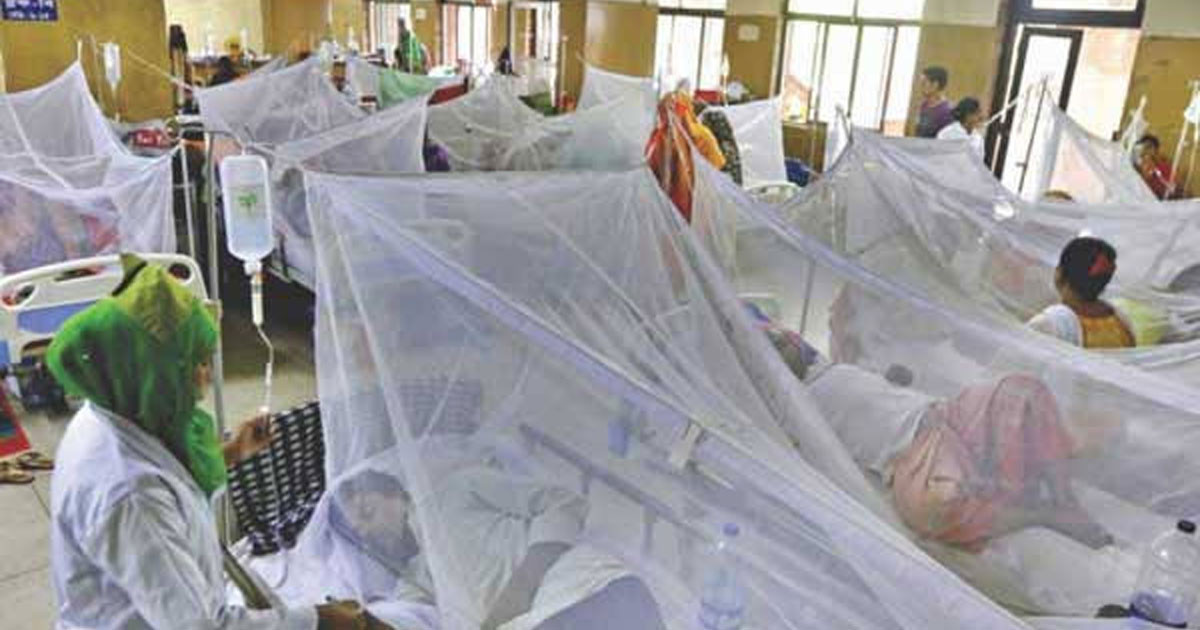
Bangladesh’s per capita income has reached a historic high of $2,820 in the fiscal year 2024–25 (FY25), according to provisional estimates released on Tuesday by the Bangladesh Bureau of Statistics (BBS). This marks an increase of $82 from the previous fiscal year, when per capita income stood at $2,738.
The rise in per capita income comes despite a modest GDP growth rate of 3.97% in FY25, slightly down from 4.22% in FY24. BBS attributes the increase in per capita income partly to changes in the exchange rate. The average rate used for calculation rose from Tk111.06 per US dollar in FY24 to Tk120.29 in FY25, influencing the dollar-denominated income figures.
In local currency, the per capita income for FY25 stands at Tk339,221, up from Tk304,102 in the previous year. This reflects nominal income growth despite external economic pressures and exchange rate fluctuations.
The BBS report provides a sector-wise breakdown of GDP growth. The agriculture sector registered a sharp decline, with growth falling to 1.79% in FY25 from 3.30% in FY24—a drop of 1.51 percentage points. In contrast, the industrial sector showed improvement, recording 4.34% growth in FY25 compared to 3.51% the year before, marking a 0.83 percentage point increase. The services sector experienced a slowdown, growing at 4.51% in FY25, down from 5.09% in the previous fiscal year.
In terms of broader economic indicators, investment as a share of GDP declined by 1.32 percentage points in FY25. Domestic savings also fell by 0.71 percentage points. However, national savings increased modestly by 0.59 percentage points, suggesting a slight recovery in the overall saving behavior within the economy.
Historically, Bangladesh’s previous highest per capita income in dollar terms was $2,793 in FY22. Subsequent years saw a decline, primarily due to the depreciation of the local currency against the US dollar, despite consistent nominal income growth in local currency terms.
While the record-high per capita income in FY25 reflects resilience in income metrics, the slowdown in GDP growth, particularly in agriculture and services, signals underlying economic challenges. Nevertheless, the uptick in industrial growth offers a potential path forward, indicating the importance of targeted policy measures to support and expand industrial output in the coming years.









